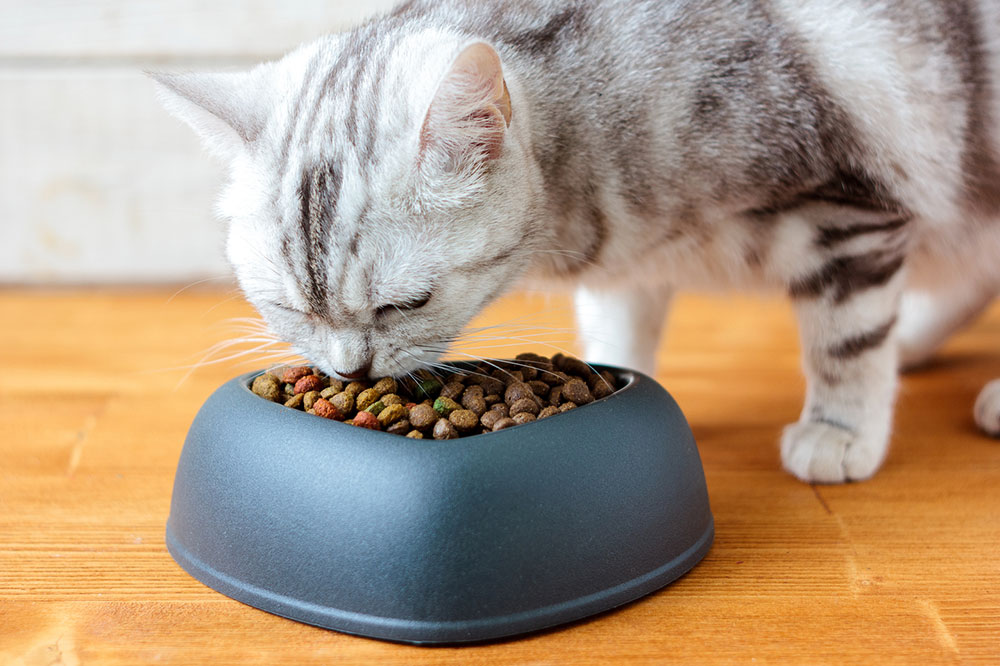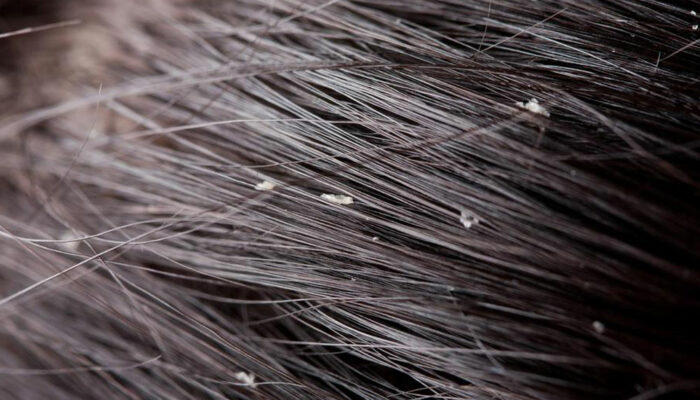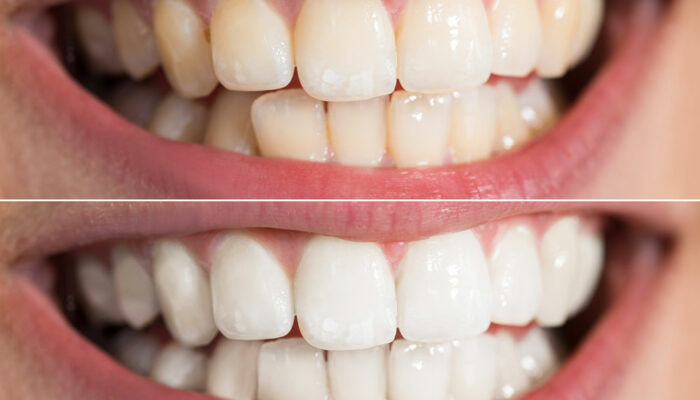
Diet Tips for Cats With Diabetes Mellitus
The condition of diabetes is gaining a lot of attention in the world of felines. The condition is clearly on the rise and is quite comparable to the condition of type 2 diabetes in humans. It is therefore very clear that weight management and diet plan are really important to make sure that the condition is controlled and managed properly. While there isn’t one correct choice or diet for diabetic cats, there can be some guidelines followed and set in place to make the process easier. Some of the dietary tips to handle feline diabetes mellitus are as follows:
- Canned food could be the best way to go: One of the very important components required to make kibble are substances that have a large concentration of carbohydrates. Diabetic cats require to consume food substances that have a low concentration of carbohydrates. Given the requirements, dry foods cannot be prepared with substances with low carbohydrate concentration. However, canned foods can be a really good option here as they don’t contain any carbohydrates at all. They can, therefore, be a great meal option for diabetic cats.
- Food options with high protein content and low carbohydrate content are preferable: When meals with a high quantity of carbohydrates are consumed, the result would be sudden spikes in blood sugar levels. When this spike is noticed, the reaction to it would be an increased need for insulin. This is the exact problem that cannot be handled by cats suffering from diabetes. Therefore, high carbohydrate meals should be strictly avoided. On the other hand, low carbohydrate meals can overcome this problem easily and break the pattern in the very first step by not causing a huge spike in blood sugar levels.
- Taste of the food is important: It is of absolute importance that cats suffering from diabetes follow a fixed schedule for their mealtimes to manage the condition well. Given the case, the food must taste delicious so that the cats look forward to mealtimes and subsequently eat on time. There are quite a lot of options in canned foods where the required calorific quantities are met and the food is also made to be tasty. So there wouldn’t be much effort in finding the type of food that your cat likes.
Calories that are provided through the cat’s diet should come from animal-based sources of protein. As weight management is also an issue of concern when it comes to feline diabetes management, food substances where 50 percent of the calories are provided by the protein and 40 percent provided by fats could strike the balance required well.
While in most of the cases, food substances with around 10 percent or less of carbohydrates are tolerated well, some cats would need to consume below 5 percent of carbohydrates. The nutrition labels do not particularly provide the details regarding the carbohydrate levels present in the food. Therefore, the level of carbohydrates in cat foods should be calculated.



